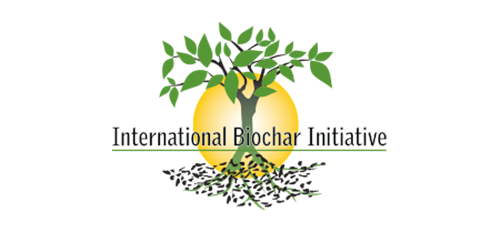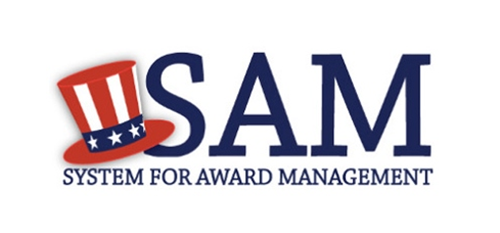The common equation is: sequestering one ton of our BioChar in the soil, asphalt, building materials, or any other application = preventing emissions of approximately 3.2 tons of CO2 into the atmosphere (according to our Life Cycle Analysis Certification). The payment per ton of CO2 sequestered is between $120-$220 in the global voluntary markets, and about $35-75 USD in the California Cap & Trade marketplace.
The registration and certification process of the manufacturer involves many tests by environmental engineers, regulatory approvals and laboratory tests on the quality of the BioChar product produced as well as on the equipment used to manufacture it. It should be noted that we are the ONLY company in the world whose BioChar and the carbon credits it creates, are Verified, Certified, and Insured by one of the largest financial institutions in the world. The insurance program ensures the creation of our biochar carbon credits and the realness, additionality, permanence, and exclusivity of our carbon credits. Our insured carbon credit program also provides insurance against devaluation, degradation, deterioration, or invalidation of a Biochar Now Biochar carbon credit by a recognised government regulatory authority for the life of the carbon credit.
More and more companies are pledging to help stop climate change by reducing their own greenhouse-gas emissions as much as they can. Yet many businesses find they cannot fully eliminate their emissions, or even lessen them as quickly as they might like. The challenge is especially tough for organizations that aim to achieve net-zero emissions, which means removing as much greenhouse gas from the air as they put into it. For many, it will be necessary to use carbon credits to offset emissions they can’t get rid of by other means. The Taskforce on Scaling Voluntary Carbon Markets (TSVCM), sponsored by the Institute of International Finance (IIF) with knowledge support from McKinsey, estimates that demand for carbon credits could increase by a factor of 15 or more by 2030 and by a factor of up to 100 by 2050. Overall, the market for carbon credits could be worth upward of $50 billion in 2030.
The market for carbon credits purchased voluntarily (rather than for compliance purposes) is important for other reasons, too. Voluntary carbon credits direct private financing to climate-action projects that would not otherwise get off the ground. These projects can have additional benefits such as biodiversity protection, pollution prevention, public-health improvements, and job creation. Carbon credits also support investment into the innovation required to lower the cost of emerging climate technologies. And scaled-up voluntary carbon markets would facilitate the mobilization of capital to the Global South, where there is the most potential for economical nature-based emissions-reduction projects.
Given the demand for carbon credits that could ensue from global efforts to reduce greenhouse-gas emissions, it’s apparent that the world will need a voluntary carbon market that is large, transparent, verifiable, and environmentally robust. Today’s market, though, is fragmented and complex. Some credits have turned out to represent emissions reductions that were questionable at best. Limited pricing data make it challenging for buyers to know whether they are paying a fair price, and for suppliers to manage the risk they take on by financing and working on carbon-reduction projects without knowing how much buyers will ultimately pay for carbon credits. In this article, which is based on McKinsey’s research for a new report by the TSVCM, we look at these issues and how market participants, standard-setting organisations, financial institutions, market-infrastructure providers, and other constituencies might address them to scale up the voluntary carbon market.
By providing Verified, Certified, and Insured Carbon Credits; which are essentially AAA+ Derivatives, we mitigate counter party risk for spot and intended (future) insured Carbon Credit purchases by companies needing to offset their carbon footprint and avoid any potential fraud.









